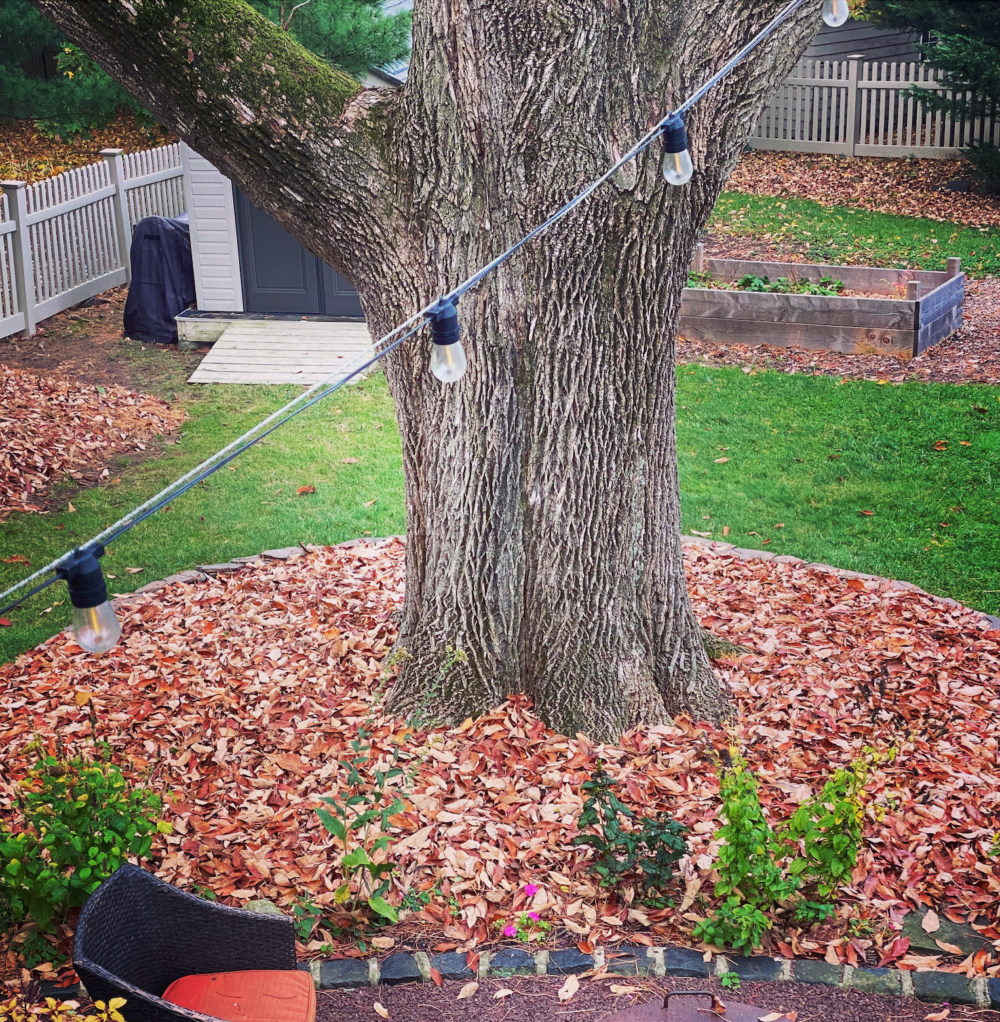We have much more to do and your continued support is needed now more than ever.
For Wild Bees, these Native Plants are Superstars
The following are eleven native plants that are superstars in helping wild, native bees survive and thrive! Plant one in your area today:
Baby Blue Eyes
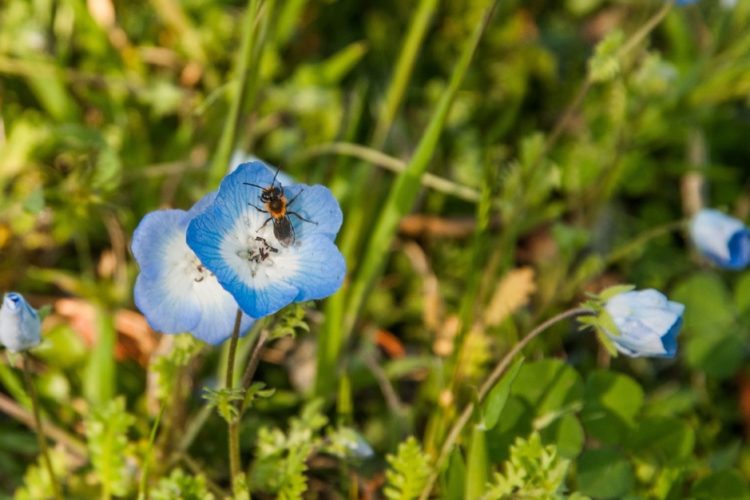
Baby blue eyes (Nemophila menziesii) stunning sky blue flowers bloom in California from late winter through early summer – and provide a great food source for mason bees.
False Sunflower
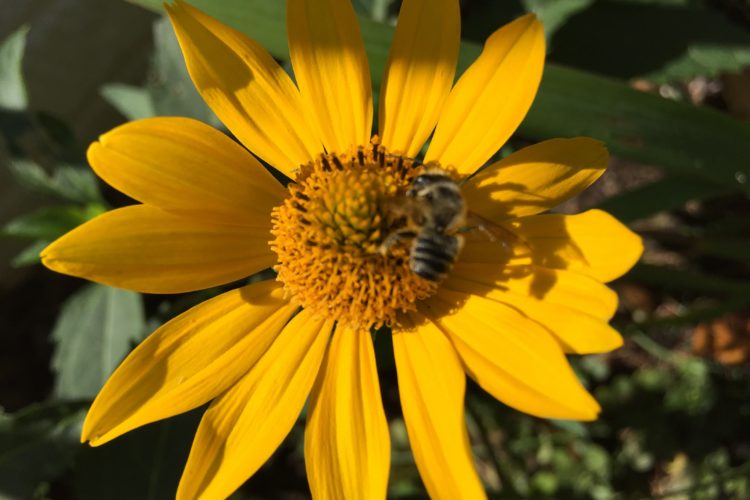
False sunflowers (Heliopsis helianthoides) will grow in less-than-ideal soils and tough summer heat to keep native bees going from June through to early fall.
Native to AL , AR , CO , CT , DC , DE , FL , GA , IA , IL , IN , KS , KY , LA , MA , MD , ME , MI , MN , MO , MS , NC , ND , NE , NH , NJ , NM , NY, OH , OK , PA , RI , SC , SD , TN , TX , VA , VT , WA , WI , WV .
Anise Hyssop

Add fragrant anise hyssop (Agastache foeniculum) to your garden, and it will hum with bumble bees, masked and digger bees seeking pollen and nectar from the soft, violet-blue flower spikes.
Native to CO , CT , DE , IA , IL , KY , MI , MN , MT , ND , NE , NH , NY , PA , SD , WA , WI , WY.
Swamp Rose
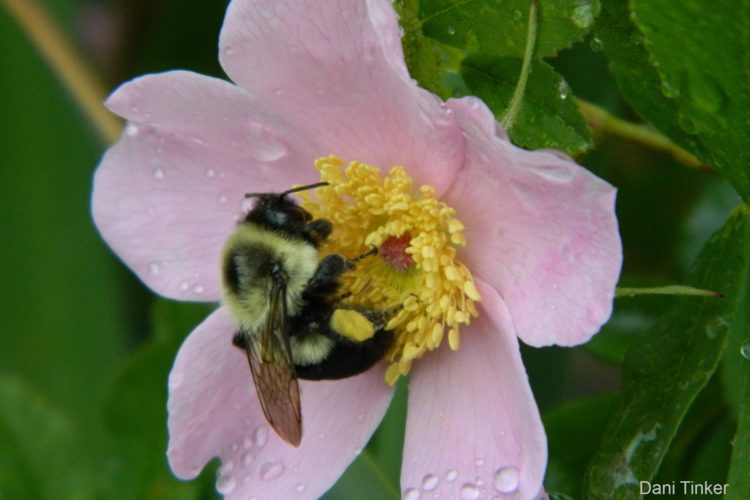
The leaves of native rose bushes, including swamp rose (Rosa palustris), are used by leafcutter bees, while bumble bees visit the flowers for nectar.
Native to AL , AR , CT , DC , DE , FL , GA , IA , IL , IN , KY , MA , MD , ME , MI , MO , MS , NC , NH , NJ , NY , OH , PA , RI , SC , TN , VA , VT ,WI , WV.
Black Willow
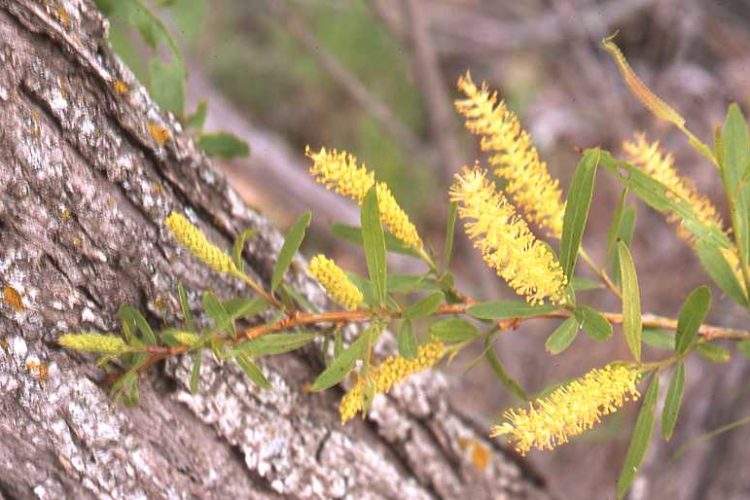
Native trees for bees? The beautiful black willow (Salix nigra) produces many-flowered “catkins” in spring that provide pollen for ground-nesting native bees.
Native to AL , AR , CT , DC , DE , FL , GA , IA , IL , IN , KS , KY , LA , MA , MD , ME , MI , MN , MO , MS , NC , NE , NH , NJ , NY , OH , OK , PA ,RI , SC , TN , TX , VA , VT , WI , WV.
Large-Flowered Collomia
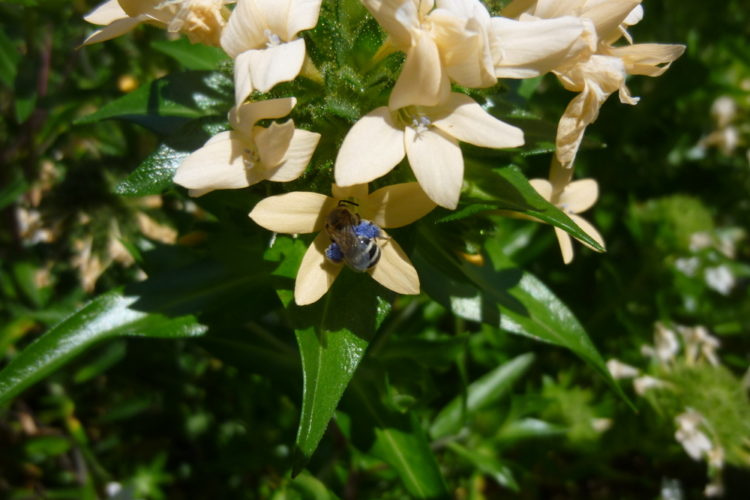
The blue pollen in large-flowered collomia (Collomia grandiforma) provides food and turns the pollen sacs on the legs of bees a bright blue as they forage on the flowers.
Native to AZ , CA , CO , ID , MT , NV , OR , UT , WA , WY.
Allegheny Blackberry
https://flic.kr/p/HVJR8R
Hollow canes/prunings from native berry bushes like the Allegheny blackberry (Rubus allegheniensis) make excellent nest sites for cavity-nesting bees, while their spring flowers are visited by many types of native bees.
Native to AL , AR , CA , CT , DC , GA , IA , IL , IN , KS , KY , MA , MD , ME , MI , MN , MO , NC , NE , NH , NJ , NY , OH , OK , PA , RI , SC , TN ,VA , VT , WI , WV.
ʻŌhiʻa lehua
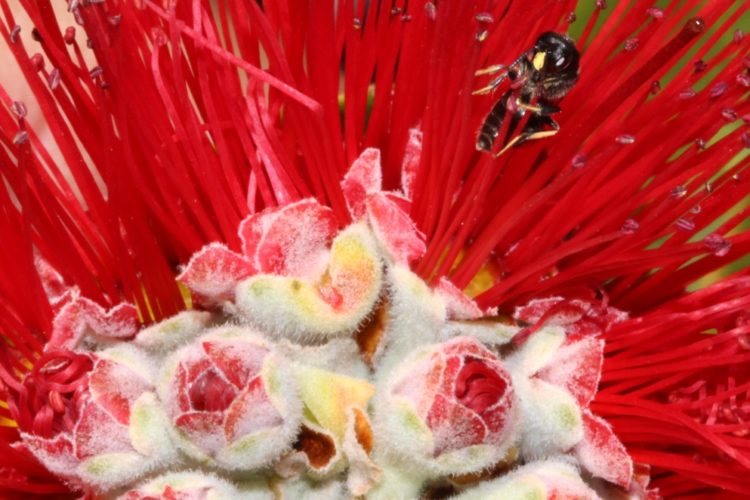
Much appreciation to the gardeners in Hawaii who are growing native plants like the ʻŌhiʻa lehua (Metrosideros polymorpha) to help save endangered Hawaiian yellow-faced bees.
Native to HI.
Buttonbush

If you have a soggy spot or are planning a rain garden, put in a buttonbush (Cephalanthus occidentalis)! The round, white flowers are preferred by many long-tongued bees.
Native to AL , AR , AZ , CA , CT , DC , DE , FL , GA , IA , IL , IN , KS , KY , LA , MA , MD , ME , MI , MN , MO , MS , NC , NE , NH , NJ , NY , OH ,OK , PA , RI , SC , TN , TX , VA , VT , WI , WV.
Bee Balm
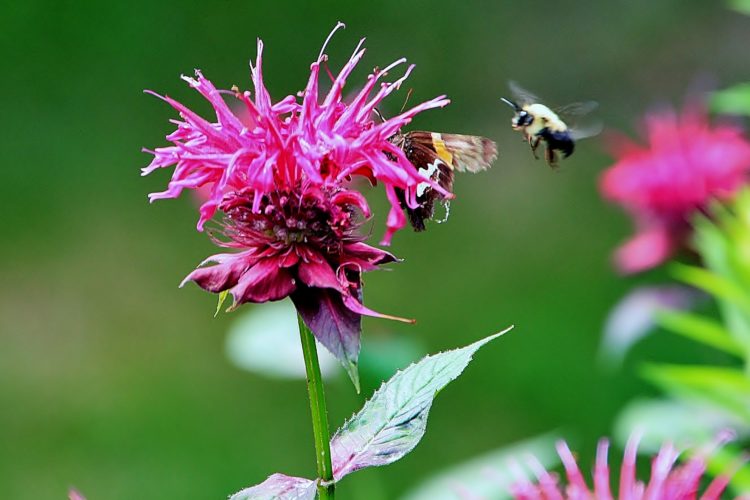
Bee balm (Monarda didyma) has clusters of long-tubed flowers in summer that are irresistible to bumble bees of all sizes.
Native to CT , GA , IA , IL , IN , KY , MA , MD , ME , MI , MN , MO , NC , NH , NJ , NY , OH , OR , PA , SC , TN , VA , VT , WA , WI , WV.
Heath Aster
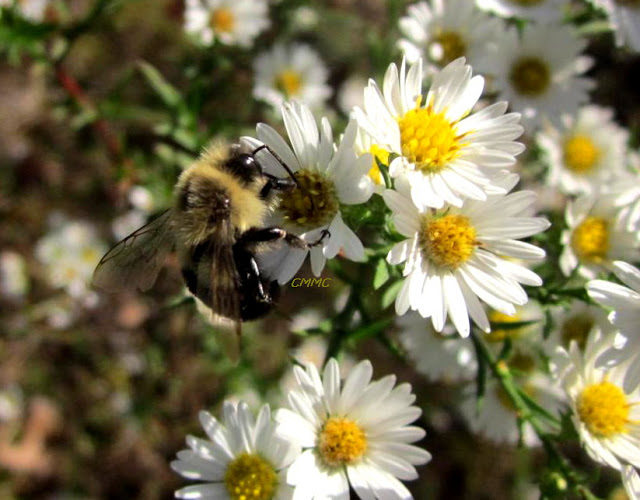
Come fall, after summer flowers have faded, masses of small white heath aster (Symphyotrichum ericoides) blooms serve up nectar for both short and long-tongued bees.
Native to AR , AZ , CO , CT , DE , IA , ID , IL , IN , KS , MA , MD , ME , MI , MN , MO , MS , MT , ND , NE , NH , NJ , NM, NY , OH , OK , OR ,PA , RI , SD , TN , TX , UT , VA , VT , WA , WI , WV , WY.
Help NowTake action for bees and other wildlife in peril! Along with adding native plants that benefit wild bees to your garden or landscape, join us in calling on members of Congress to be champions for wildlife!



















